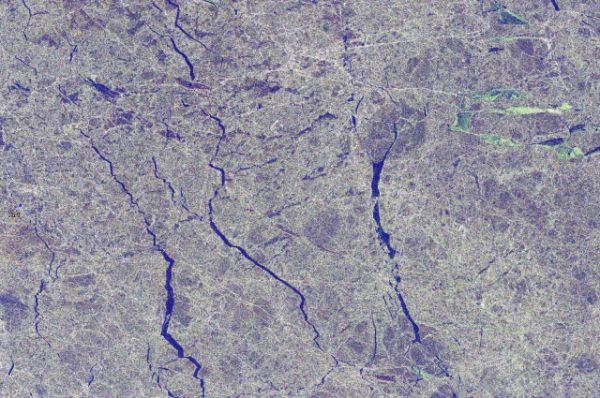Subjected to temperatures as low as –45°C and the perpetual darkness of the polar winter, they are willing participants in MOSAiC – the world’s largest and longest polar research expedition. Despite the darkness, however, the researchers and crew remain aware of what is happening close by. How? With the help of radar imaging satellites.
Over the course of one year, a total of some 600 researchers from 20 countries will take part in different stages of the Multidisciplinary drifting Observatory for the Study of Arctic Climate (or MOSAiC) expedition.
After entering the Arctic Ocean in October, the Polarstern has been drifting across the central Arctic at about 7 km per day with the wind and currents expected to carry it close to the geographic North Pole before exiting next spring or summer.
On board, the scientists are carrying out multiple experiments on the sea ice around the ship to better understand the impact of climate change on sea ice and the Arctic environment. The team has now established hundreds of instruments on the sea ice surrounding the ship within a distance of 50 km.
Continue reading at European Space Agency
Image via European Space Agency


